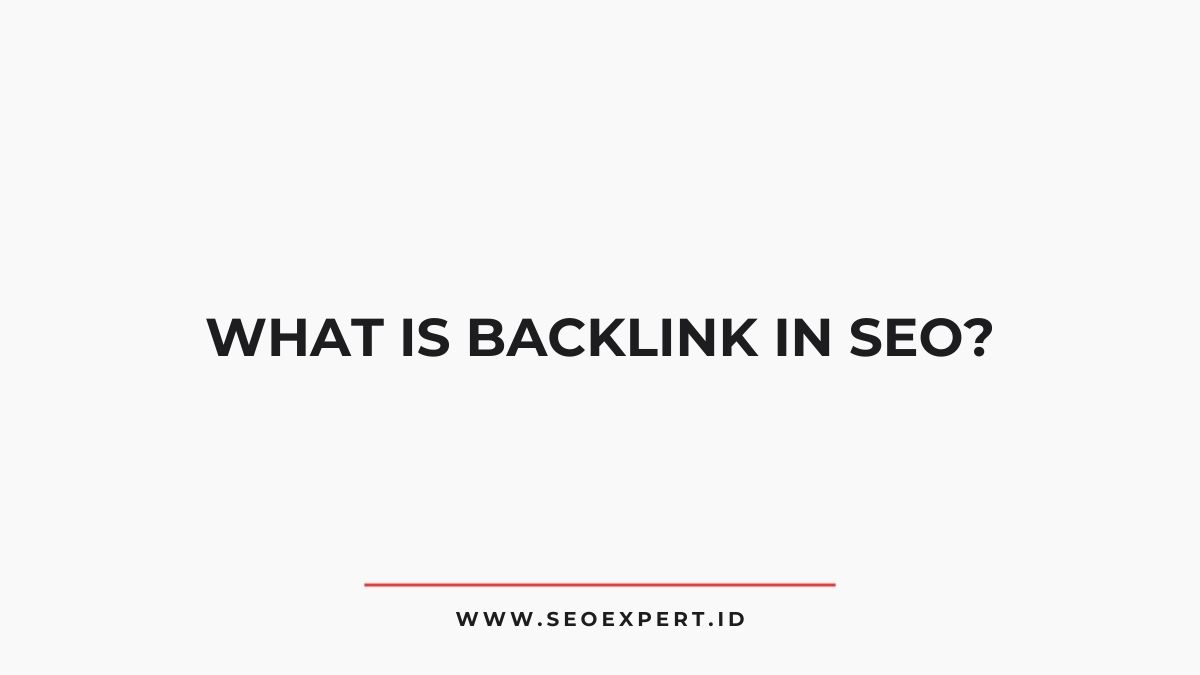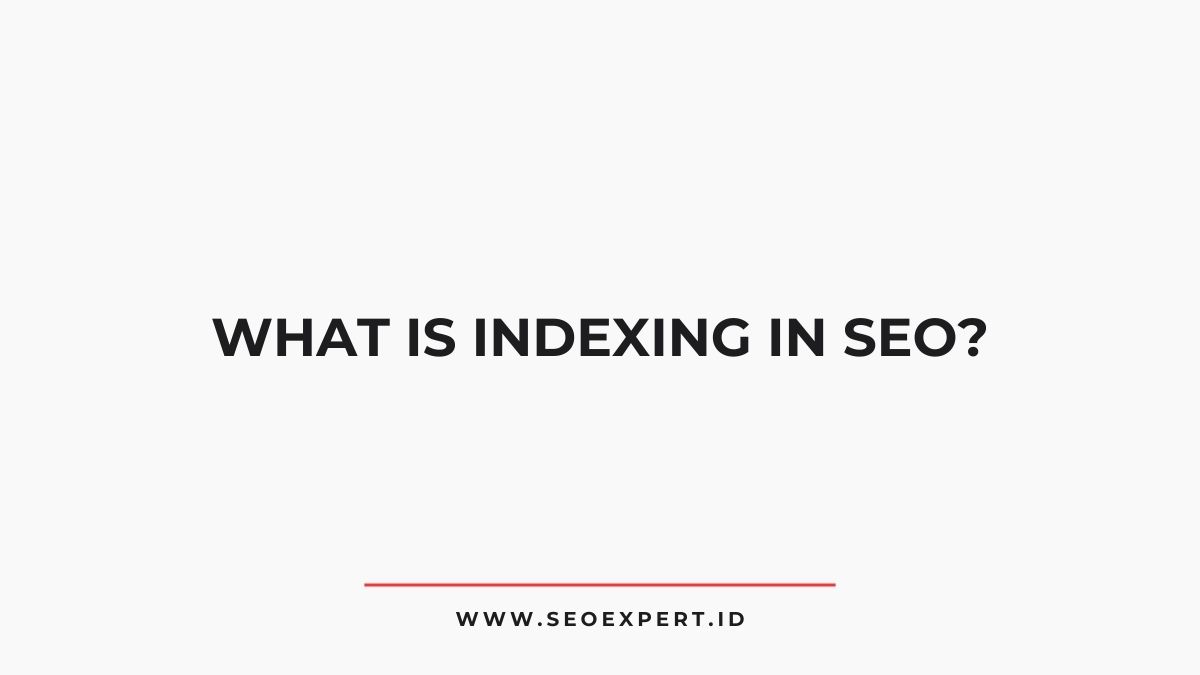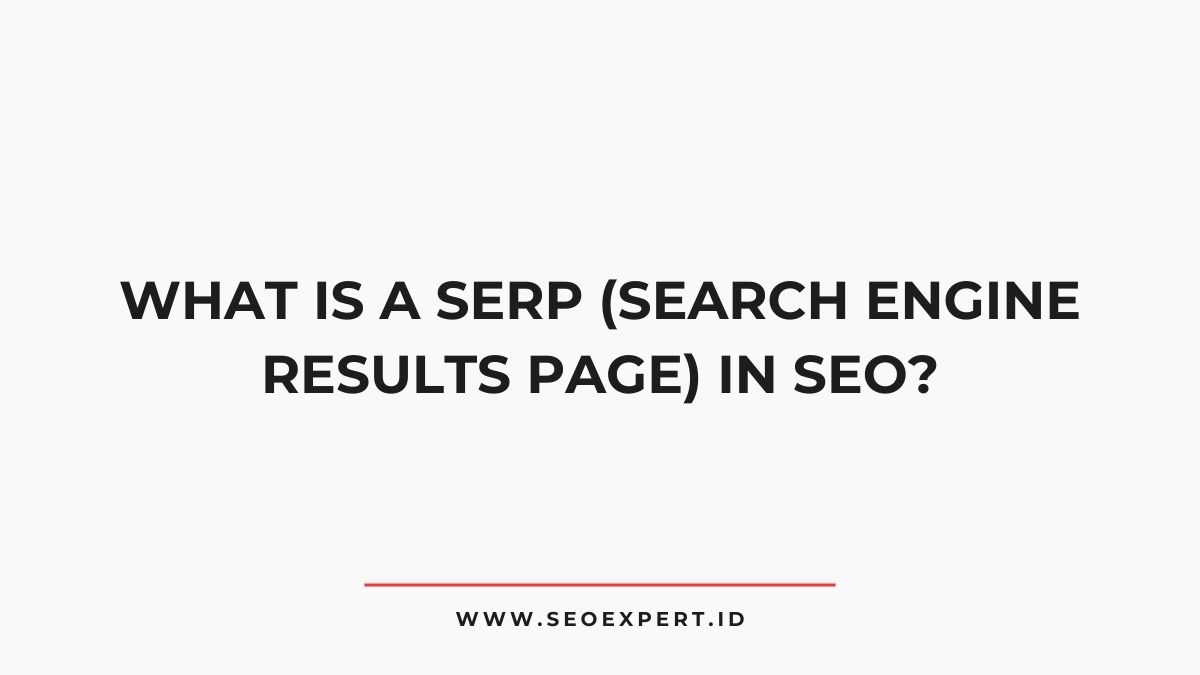Backlinks are hyperlinks from external websites that point to your site, functioning as digital votes of confidence in SEO.
Screpy
Utilize an AI-driven SEO analysis tool to evaluate your website and monitor your keywords all in a single intuitive dashboard.
These inbound links signal to search engines like Google that others vouch for your content’s credibility and relevance.
High-quality backlinks from authoritative domains carry more weight than numerous low-quality links from questionable sources.
The strategic acquisition of contextually relevant backlinks remains a fundamental ranking factor despite algorithm updates.
The following sections explore critical aspects of backlink strategy that drive sustainable ranking improvements.
TL;DR
Hide- Backlinks are hyperlinks from one website to another, serving as "votes of confidence" that signal authority to search engines.
- Quality backlinks from high-authority domains significantly impact search rankings more than large quantities of low-quality links.
- Dofollow backlinks pass ranking power to the linked site, while nofollow backlinks provide referral traffic without transferring authority.
- Effective backlinks come from relevant sources, with contextual links embedded within content having the greatest SEO value.
- Search engines use backlinks as a primary ranking factor to determine a site's credibility, expertise, and relevance to search queries.
The Definition and Mechanics of Backlinks in SEO
Backlinks operate within a complex ecosystem where quantity, quality, relevance, and diversity all influence ranking potential. High-authority domains generate more powerful backlinks, while links from topically related sources carry additional weight.
Search engines evaluate backlink profiles through sophisticated metrics including domain authority, trust flow, and citation flow.
The architecture of backlinks includes dofollow links, which pass ranking power, and nofollow links, which include a rel=”nofollow” attribute instructing search engines not to transfer authority.
Both types contribute to a natural, balanced link profile.
Why Backlinks Remain a Core Google Ranking Factor
Despite ongoing algorithm updates, numerous SEO studies confirm backlinks remain one of Google’s strongest ranking signals.
Research consistently demonstrates that pages ranking in top positions typically possess more high-quality backlinks than their lower-ranking competitors.
Contemporary SEO strategy has evolved beyond mere link accumulation toward prioritizing authoritative, relevant links that signal genuine content value to search engines.
Algorithm Validation Studies
Numerous independent correlation studies conducted over the past decade have consistently validated the critical importance of backlinks in Google’s ranking algorithm.
Searchmetrics, Moz, and Ahrefs have each published thorough research demonstrating strong positive correlations between high-quality backlink profiles and first-page rankings.
In 2020, a notable SEMrush study analyzing over 600,000 keywords found that the number of domains linking to a page remained the highest-correlated ranking factor.
Stone Temple Consulting’s analysis revealed pages ranking in positions 1-4 averaged considerably more backlinks than lower-positioned competitors.
Even as machine learning elements like RankBrain have been integrated into Google’s algorithm, backlink metrics continue to demonstrate robust statistical significance in predicting SERP placement, confirming their foundational role in search visibility.
Quality Over Quantity
The shift from sheer backlink volume toward quality assessment represents one of the most significant evolutions in Google’s ranking methodology.
Early algorithms prioritized numerical superiority, inadvertently incentivizing manipulative practices like link farms and automated submissions.
Google’s subsequent refinements—particularly Penguin and core updates—implemented sophisticated evaluation metrics examining domain authority, topical relevance, anchor text distribution, and link velocity patterns.
Research consistently demonstrates that five high-authority, contextually relevant backlinks typically outperform hundreds of low-quality connections.
Modern SEO practitioners prioritize earned links from authoritative sources within relevant industry sectors. This qualitative approach minimizes algorithmic penalty risk while maximizing ranking potential.
The focus has permanently shifted toward sustainable link acquisition strategies that align with Google’s fundamental mission: delivering ideal user experience through genuinely authoritative content connections that signal true marketplace relevance and expertise.
Different Types of Backlinks and Their SEO Value
When examining the landscape of SEO, backlinks manifest in several distinct forms, each carrying different weight and impact on search rankings.
Understanding these variations enables strategists to prioritize link-building efforts effectively and mitigate potential risks.
Backlinks are not created equal—different varieties yield varying SEO impact, informing strategic acquisition priorities.
- Editorial links: Naturally earned from high-authority content, providing maximum SEO value.
- Guest post links: Acquired through content contribution to relevant websites, offering moderate value when properly contextualized.
- Directory links: Structured citations from industry-specific listings, delivering consistent though limited impact.
- Nofollow links: Tagged with rel=”nofollow” attribute, signaling search engines not to transfer authority, yet still providing referral traffic.
- Toxic links: Originating from questionable sources, potentially triggering penalties and requiring disavowal.
The strategic acquisition of diverse, high-quality backlink types remains fundamental to establishing domain authority while maintaining compliance with search engine guidelines.
Quality vs. Quantity: What Makes a Valuable Backlink
In the evolving landscape of search engine optimization, the quality of backlinks consistently outweighs their quantity when determining ranking influence.
Authoritative links from respected domains carry considerably more weight than numerous low-quality connections, regardless of volume metrics.
The contextual relevance between the linking and linked domains represents perhaps the most critical factor, as search engines increasingly prioritize topical alignment and natural citation patterns.
Authority Trumps Numbers
Many SEO professionals waste resources chasing hundreds of low-quality backlinks when a handful of authoritative ones would yield superior results.
Authority metrics derive from the legitimacy, relevance, and influence of the linking domain rather than sheer quantity of inbound links.
High-authority backlinks provide:
- Greater ranking improvements per link, often by a factor of 10-100x
- Enhanced trust signals to search algorithms
- Long-term stability against algorithm updates
- Industry credibility by association
- Referral traffic with higher conversion potential
Google’s algorithms increasingly prioritize link quality through sophisticated evaluation methods.
Their PageRank system, while evolved considerably since inception, continues to assess the weight a backlink carries based on the authority of its source domain, making authoritative backlinks the cornerstone of effective link-building strategy.
Context Matters Most
The context surrounding a backlink determines its ultimate value to search engines far more than raw metrics alone.
Search algorithms evaluate the relevance between the linking and linked domains, examining topical alignment and content coherence. A backlink from an industry-specific website carries considerably more weight than one from an unrelated source.
Contextual positioning within the linking page also impacts value.
Links embedded naturally within relevant content outperform those placed in footers or sidebars.
In addition, the anchor text should ideally contain semantically appropriate keywords without appearing manipulative.
Google’s sophisticated algorithms now detect artificial link schemes by analyzing contextual patterns across a site’s backlink profile.
Websites that prioritize contextually relevant backlinks from topically aligned sources consistently demonstrate superior ranking stability during algorithm updates compared to those pursuing quantity-focused approaches.
How Search Engines Use Backlinks to Evaluate Websites
Search engines meticulously analyze backlinks as fundamental ranking factors when evaluating website authority and relevance.
These sophisticated algorithms assess various backlink characteristics to determine a website’s position in search results.
- Link quality supersedes quantity, with authoritative sources carrying greater weight.
- Relevance between linking sites enhances credibility and topical authority.
- Natural link velocity patterns suggest authentic content worthy of reference.
- Anchor text diversity signals legitimate link-building versus manipulation.
- Link attributes (follow/nofollow) influence how link equity transfers between domains.
This evaluation process guarantees search engines deliver the most credible, relevant results to users.
Understanding how search engines interpret backlinks enables website owners to develop sustainable link-building strategies that comply with evolving algorithmic standards rather than attempting to manipulate rankings through artificial means.
Strategies for Building a Natural Backlink Profile
Building a natural backlink profile requires strategic planning and adherence to ethical optimization practices that align with search engine guidelines.
Organizations should focus on creating valuable content that naturally attracts inbound links while diversifying their link sources across relevant websites.
| Strategy | Implementation | Risk Level |
|---|---|---|
| Content Marketing | Create shareable resources | Low |
| Guest Posting | Contribute to authority sites | Medium |
| Broken Link Building | Replace defunct resources | Low |
Effective backlink acquisition involves relationship building with industry partners, leveraging social platforms to amplify content visibility, and consistently monitoring backlink health.
Practitioners should conduct regular audits to identify and disavow potentially harmful links that could trigger algorithmic penalties.
This measured approach guarantees sustainable growth in domain authority while maintaining compliance with evolving search engine requirements.
Warning Signs of Toxic Backlinks to Avoid
While building backlinks remains essential for SEO success, identifying and avoiding toxic links represents a critical component of effective link management.
Search engines continually refine their algorithms to penalize manipulative linking practices, making vigilance against harmful backlinks imperative for maintaining site authority.
Stay vigilant against harmful backlinks—algorithm updates increasingly penalize manipulative tactics that threaten site authority.
Key warning signs of potentially toxic backlinks include:
- Origination from known link farms or private blog networks (PBNs)
- Sudden influx of links from irrelevant or low-quality domains
- Excessive use of exact-match anchor text across multiple sources
- Links from sites with minimal content or excessive advertising
- Backlinks from domains with history of spam or security violations
Webmasters should regularly audit their backlink profiles using tools like Google Search Console and third-party software to identify and disavow problematic links before they trigger algorithmic penalties.
Tools for Monitoring and Analyzing Your Backlink Profile
Effective backlink management requires robust monitoring tools that provide extensive visibility into a website’s link profile.
Several industry-standard solutions offer thorough analytics capabilities, including Ahrefs, SEMrush, Majestic, and Moz Link Explorer.
These platforms quantify backlink metrics such as domain authority, trust flow, and referring domains.
Google Search Console provides free, first-party data about backlinks Google has discovered pointing to a site.
For more advanced analysis, specialized tools like LinkResearchTools and Monitor Backlinks offer toxic link identification, competitive comparison, and historical tracking functionalities.
Many platforms include automated reporting capabilities that alert webmasters to sudden changes in backlink profiles, potentially indicating negative SEO attacks or algorithm penalties.
Regular auditing using these tools helps maintain backlink profile hygiene and provides actionable intelligence for strategic link building initiatives.
Measuring ROI: How Backlinks Impact Traffic and Conversions
Quantifying the return on investment from backlink acquisition represents one of the most challenging aspects of SEO strategy implementation.
Organizations must establish clear metrics to evaluate the performance impact of their backlink portfolio on both traffic generation and conversion optimization.
- Correlation analysis between backlink acquisition timelines and organic traffic increases
- Attribution modeling to determine conversion paths influenced by referral traffic
- Quality score assessment comparing high-authority versus low-authority backlinks
- Conversion rate tracking from visitors arriving through backlink channels
- Time-to-value calculation measuring the duration between backlink placement and revenue impact
Sophisticated analytics platforms enable precise measurement of backlink ROI through multi-touch attribution.
Parting Insights
Backlinks bolster brand authority and broaden business reach, functioning as foundational factors for favorable search engine rankings.
Properly procured, powerful placements provide persistent performance improvements across all algorithmic adjustments.
Technical teams must thoughtfully track these trusted traffic tributaries, methodically monitoring metrics while maintaining meticulous standards for maximum SEO success.
The deliberate development of diverse, domain-relevant backlinks delivers demonstrable digital dividends that discriminating data analysis can definitively document.








